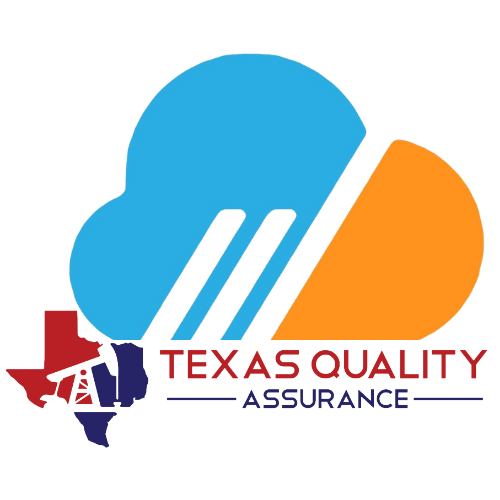In this post “ISO 9001 Clauses Explained” we dive into Interested Parties.
4.2 Understanding the needs and expectations of interested parties
Interested Parties is a relatively new term to our management systems, but again a very old concept that we’re all familiar with. An interested party is oftentimes a useful catch all term when there’s some confusion or ambiguity in our relationship to another organization. Simple examples of interested parties are federal and state regulatory agencies such as OSHA (Occupational Health & Safety Administration), EPA (Environmental Protection Agency), TCEQ (Texas Quality on Environmental Quality) and the county or city that the business resides in. Other not so obvious sources of interested parties can be with stakeholders within the business such as investors, or other strategic partnerships.
Due to their effect or potential effect on the organization’s ability to consistently provide products and
ISO 9001:2015 4.2 Understanding the needs and expectations of interested parties
services that meet customer and applicable statutory and regulatory requirements, the organization
shall determine:
a) the interested parties that are relevant to the quality management system;
b) the requirements of these interested parties that are relevant to the quality management system.
The organization shall
There are instances where a supplier may also be an interested party given their impact on the business or the marketplace as a whole. Other examples of interested parties can and do include the surrounding neighborhood. Interested parties has a significant overlap with the context of the organization, as such if your organization resides next to a residential area, or perhaps a school, your operations can carry significant impact to that local residential area. In a similar manner the additional flow of traffic, people, pedestrians and children in the area could then have an impact on your organization as well. Identification of all of these interested parties of various types is critical to the organization. Interested Parties, as a consequence, impact the scope of the management system and must be taken into consideration.
The organization shall determine the boundaries and applicability of the quality management system
ISO 9001:2015 4.3 Determining the scope of the quality management system
to establish its scope.
When determining this scope, the organization shall consider:
a) the external and internal issues referred to in 4.1;
b) the requirements of relevant interested parties referred to in 4.2;
c) the products and services of the organization.
Your interested parties list ought to be reviewed, revised and updated on an annual basis, typically prior to conducting the management review. A review of the interested parties and the impact from those parties ought to be reviewed and revised and updated as applicable. When these are updated it is often necessary to issue a corrective action or potentially a management of change to detail any changes that are going to take place within the management system to account for any new risks or opportunities imposed on the business as a result of the interested parties.
Texas Quality Assurance www.TexasQA.com
TQA Cloud QMS Software www.TQACloud.com
Email: info@texasqa.com | Tel: (512)548-9001
LinkedIn | Facebook | Instagram | Twitter(X) | YouTube
Quality Management Simplified
QMS Software | Consultation | FQM | Auditing
#QualityMatters podcast is streaming on
